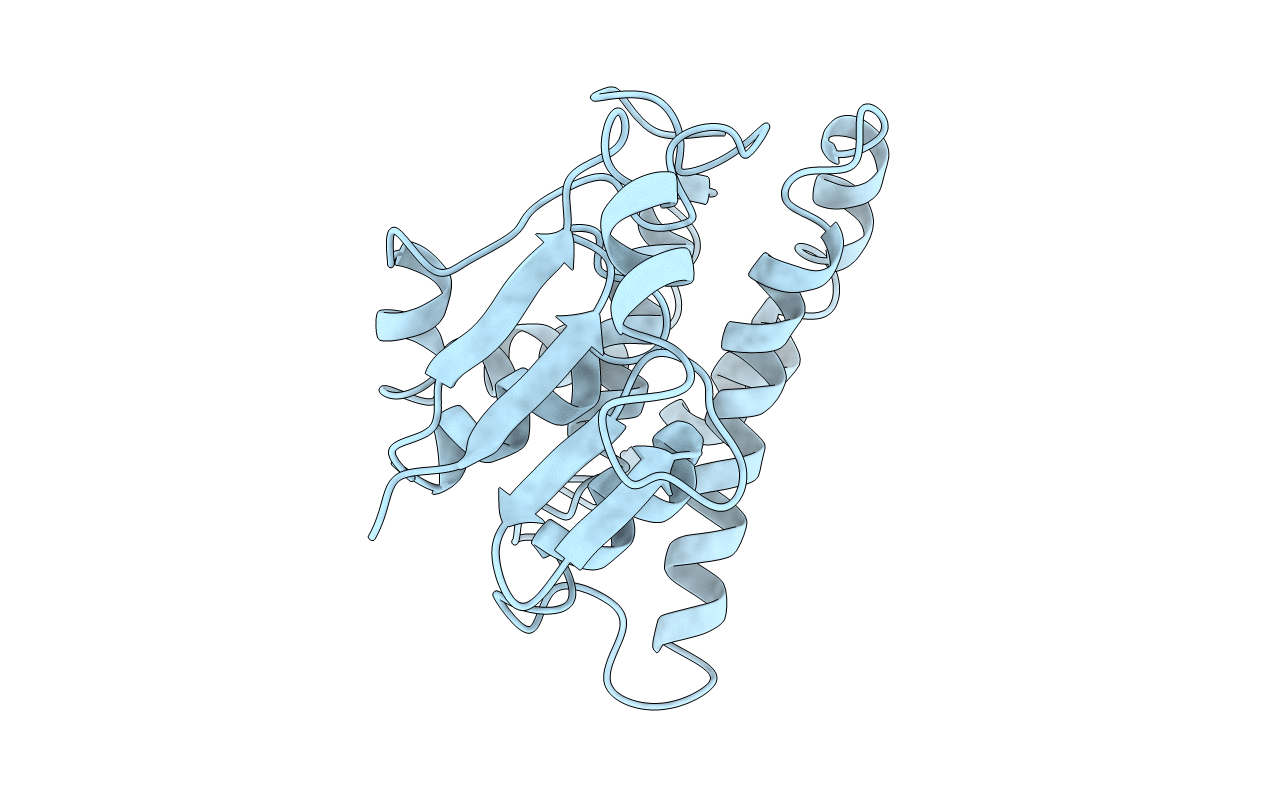
Deposition Date
1994-12-01
Release Date
1995-02-07
Last Version Date
2024-02-07
Entry Detail
PDB ID:
1GTA
Keywords:
Title:
CRYSTAL STRUCTURES OF A SCHISTOSOMAL DRUG AND VACCINE TARGET: GLUTATHIONE S-TRANSFERASE FROM SCHISTOSOMA JAPONICA AND ITS COMPLEX WITH THE LEADING ANTISCHISTOSOMAL DRUG PRAZIQUANTEL
Biological Source:
Source Organism:
Schistosoma japonicum (Taxon ID: 6182)
Method Details:
Experimental Method:
Resolution:
2.40 Å
R-Value Work:
0.19
R-Value Observed:
0.19
Space Group:
P 63 2 2


